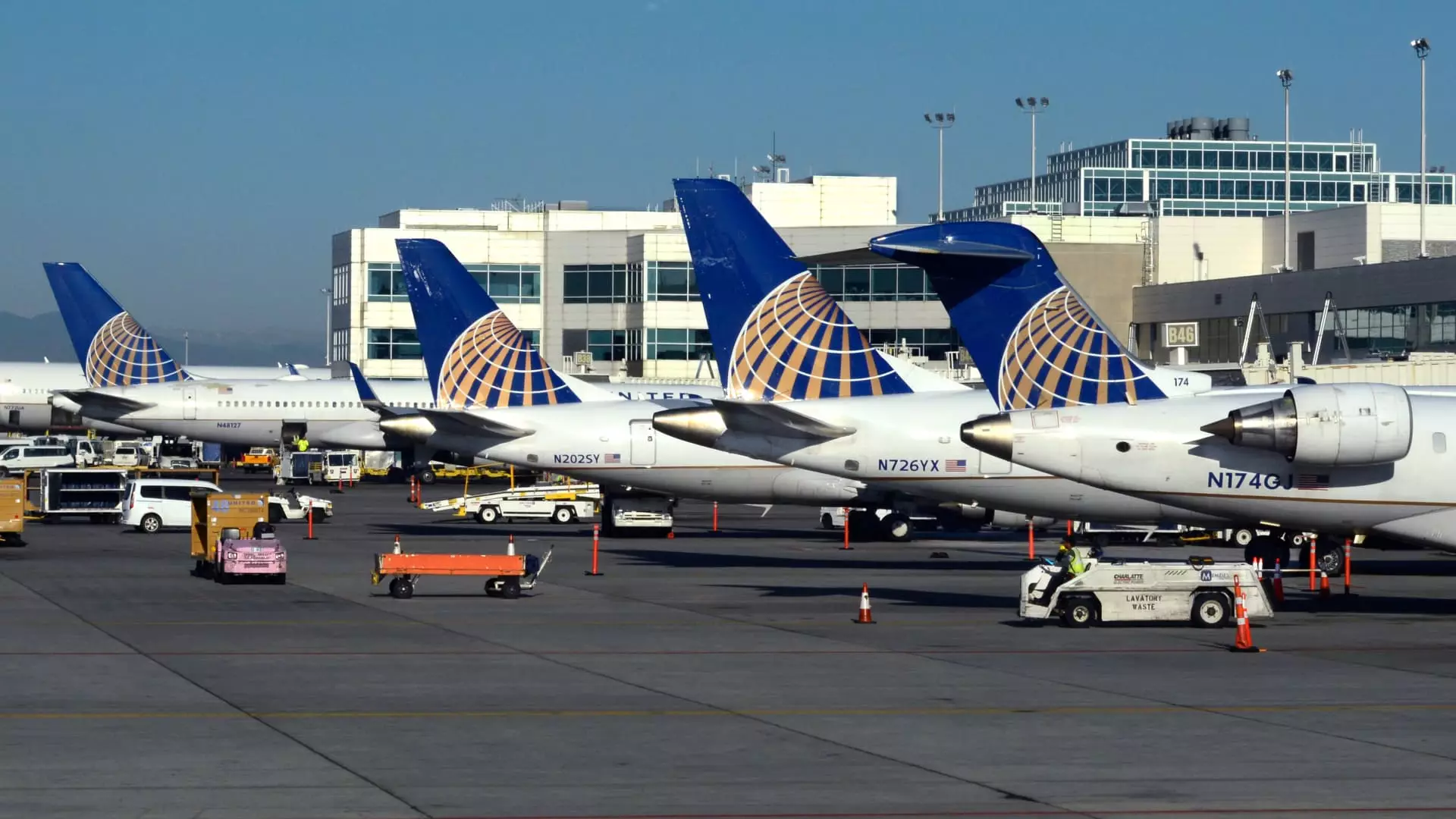United Airlines, a major player in the American aviation market, is not shy about monetizing the comfort of air travel. With their recent announcement of fee hikes for airport lounge memberships and rewards credit cards, they are testing the limits of customer loyalty and willingness to pay for travel perks. It’s a bold move that reflects the airline’s strategy of turning luxury into an exclusive commodity. As the industry standard shifts toward premium services that come with a higher price tag, United appears poised to capitalize on this trend, but at what cost to the average traveler?
Ushering in a New Era of Increased Fees
The fee increases are paired with an array of new incentives offered to cardholders. This dual approach appears to be designed to soften the blow of the cost hikes by enticing consumers with sign-up bonuses, rideshare credits, and discounts on award flights. However, the question remains: are these additional perks substantial enough to make the increases justifiable? Richard Nunn, CEO of United’s MileagePlus program, insists that the added benefits will surpass the costs, but this claim must be scrutinized. As travelers, we should consider whether these new perks truly deliver value or simply aim to mask the stark reality of increased expenses.
Normalization of Sky-High Prices
United, along with competitors like American Airlines and Delta, has systematically raised prices associated with their services, from checked baggage to lounge access. It seems the idea of “freemium” travel—a model that once lured customers with complimentary amenities—is becoming obsolete. Instead, we are witnessing a shift where perks are salted with additional fees. This transformation might serve the airlines well in terms of immediate revenue, but it points to a troubling trend: loyalty is progressively becoming a transactional relationship rather than an emotional one.
The Growing Scarcity of Exclusivity
One significant driving factor behind these changes is the increasing crowding at airport lounges. The rise in premium credit cardholders and elite status travelers has led to a saturation of these once-exclusive spaces. United has responded by not only tightening entry requirements but also increasing the cost of access. The lounges, which could once be enjoyed as a tranquil escape, are now morphing into battlegrounds for space—a service that was designed to enhance the travel experience is now conflated with stress and chaos.
Revenue as a Double-Edged Sword
What makes United’s strategy particularly intriguing is the staggering revenue it generates from loyalty programs. Last year, the airline recorded $3.49 billion from “other” revenue streams—a ten percent increase largely driven by enhanced co-branded card spending. While this revenue stream has proven to be a financial boon, it raises critical concerns regarding the long-term viability of such a model. Are airlines gambling on their customers’ loyalty, banking on lucrative reward programs while simultaneously charging them for premium experiences?
In a world where air travel has become both a necessity and a luxury, United Airlines’ recent fee hikes signal shifts that could redefine the consumer relationship with airlines. The looming challenge for the industry will be to strike a balance between profitability and passenger satisfaction—something that, if forsaken, risks alienating the very customers they seek to cultivate.

